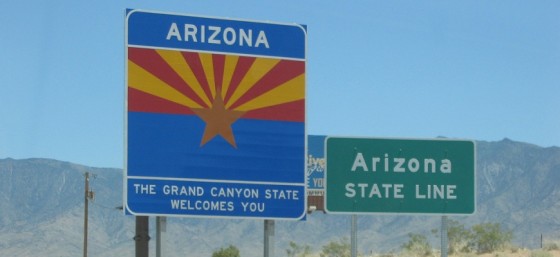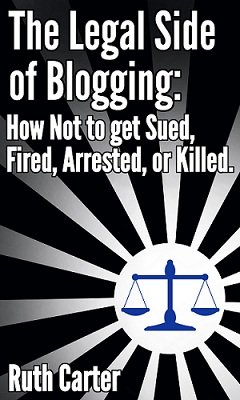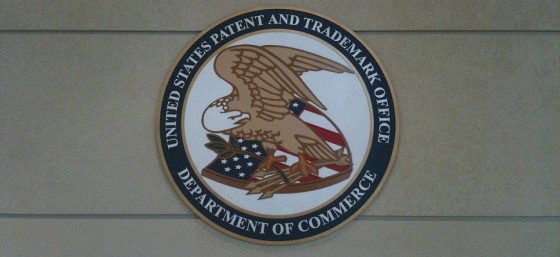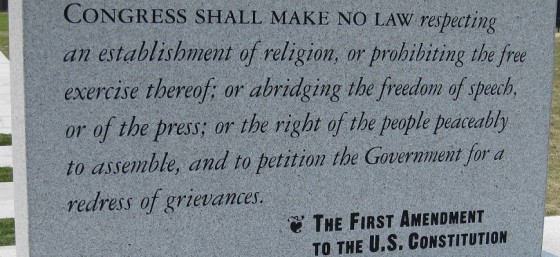
Arizona lawmakers have, once again, shown how lame they are. Earlier this year they approved the anti-gay SB 1062 which was thankfully vetoed by soon-to-be-former Governor Brewer. This time they killed SB 1468, which would have legalized fantasy sports.
Arizona is one of a handful of states where fantasy sports are illegal. Sometimes this means that Arizonans can’t participate in fantasy sports if they admit their true location or they’re allowed to play but they can’t accept prizes if they win – even if there’s no fee to play or the prize is as simple as a t-shirt.
Here’s what’s super lame – Under federal law, fantasy sports are legal! Under the Unlawful Internet Gambling and Enforcement Act of 2006 (UIGEA) fantasy sports aren’t gambling because each participant’s team is made up of players from multiple teams and the results are based on the participant’s knowledge and skill. I can speak from my limited experience playing in the Deadliest Catch fantasy game that it definitely takes knowledge and skills. Unfortunately fantasy gaming is regulated at the state level so each state has the option to say that fantasy games are illegal.
Apparently SB 1468 was killed due to the influence of the Arizona Indian Gaming Association. They were afraid that legalizing fantasy games would negatively impact the tribal gaming compacts. I can understand that the tribal casinos want to have a monopoly on gambling in the state but I don’t see how fantasy sports would hurt them. I doubt that people will give up black jack and slot machines for a fantasy league. I think they’re afraid that people would start fantasy gaming businesses that could create competition for the casinos but I have serious doubts that people who love to hang out in casinos will give that up for fantasy gaming.
Technically fantasy gaming is a Class 5 felony in Arizona, and anyone convicted could face at least 6 months in jail and up to a $150,000 fine. As far as I know no one has been charged or convicted of violating this law and law enforcement isn’t concerned with pursuing these “criminals.” So it’s a law on paper, but in reality it’s just lame. Hopefully lawmakers will legalize fantasy games next session.
If you want to chat more about this issue, connect with me on Twitter, Facebook, YouTube, LinkedIn, or you can email me. You can also subscribe to the Carter Law Firm newsletter.
Please visit my homepage for more information about Carter Law Firm.









